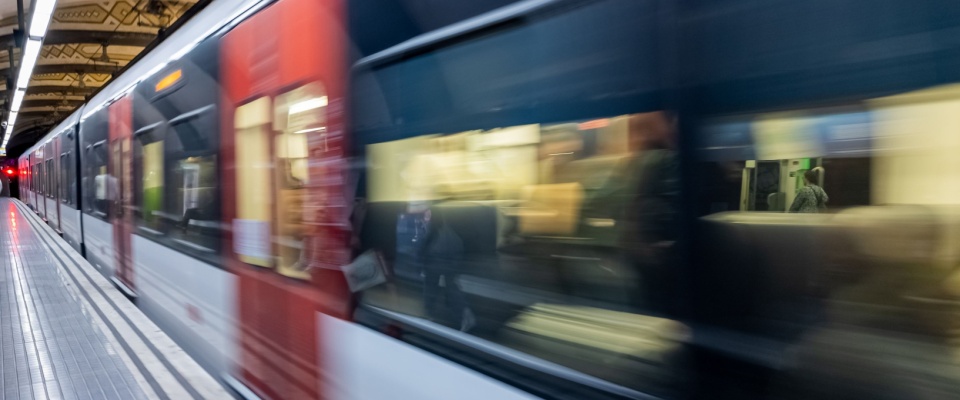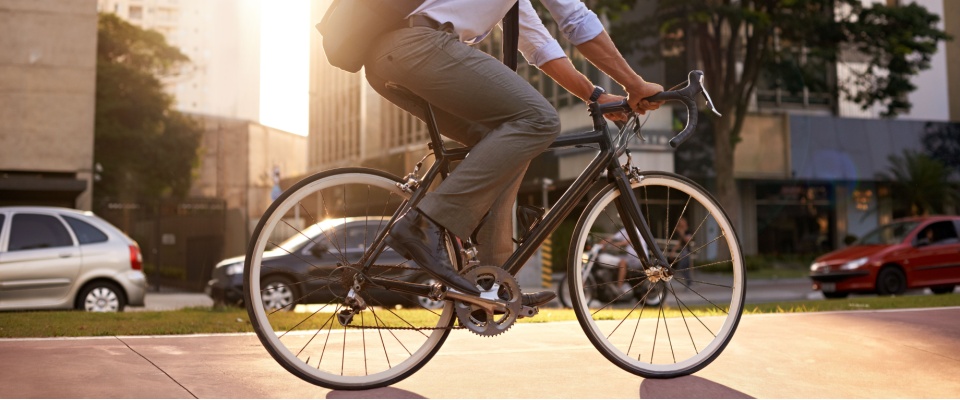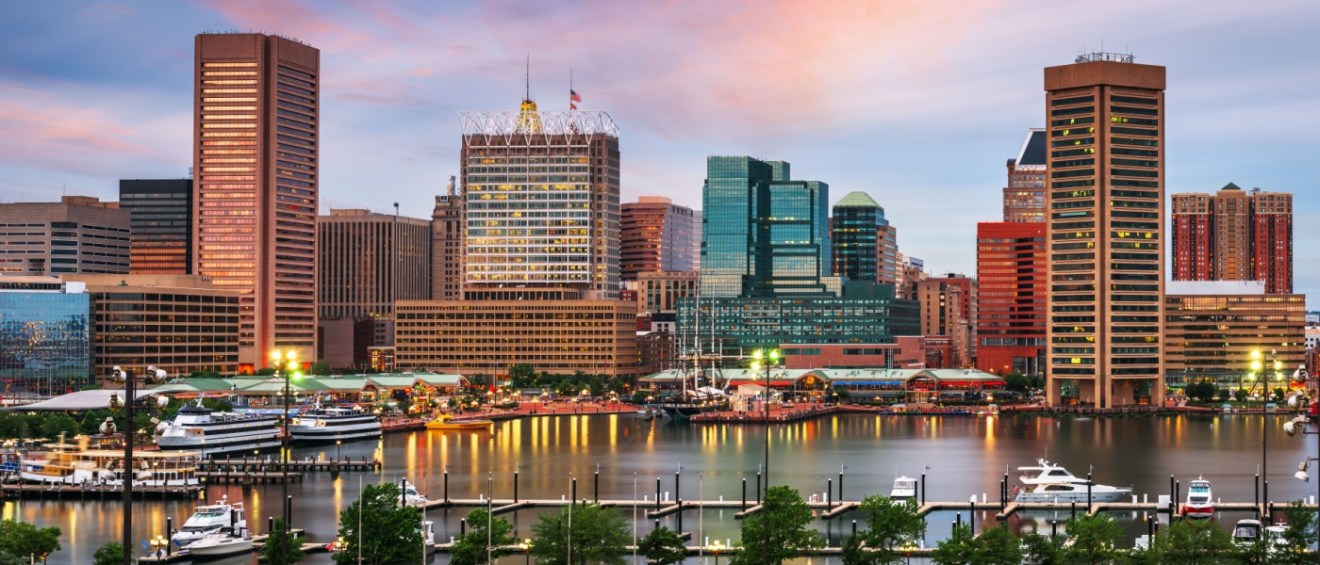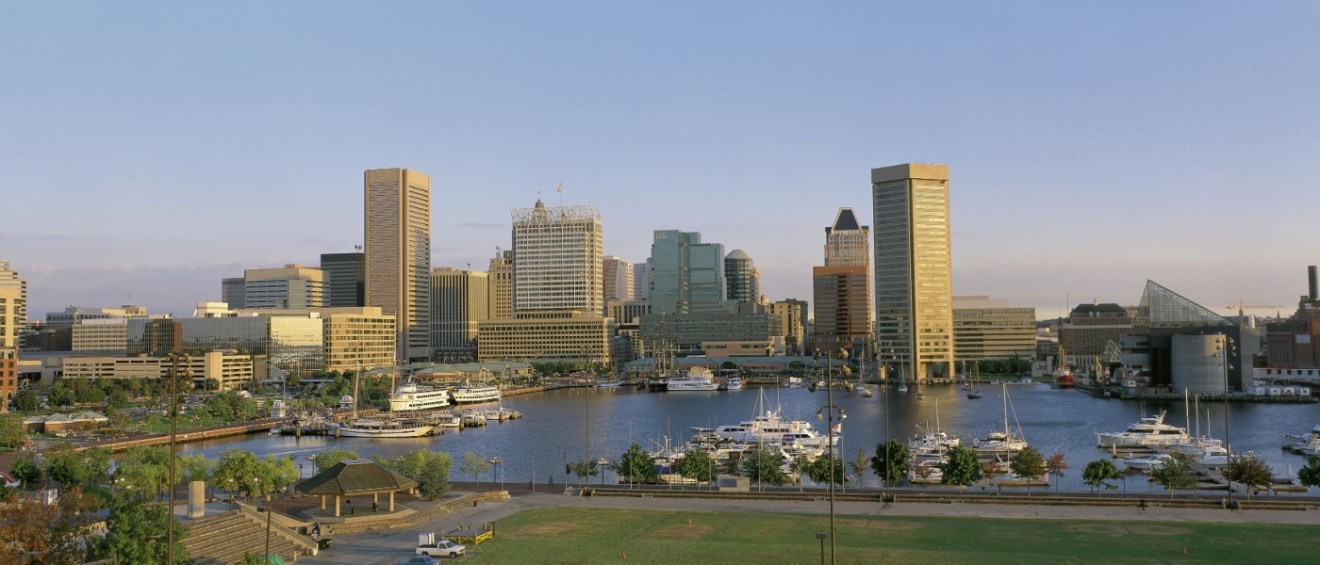Share this article:
Finding the right apartment often comes down to location, convenience, and how easily you can get around. For renters moving to Charm City, understanding the Baltimore public transit system can make a big difference in daily life.
Whether you’re commuting to work, heading to class, or exploring the city’s historic neighborhoods, knowing how to navigate public transport in Baltimore can save time, reduce stress, and help you enjoy the city to its fullest.
Baltimore is a lively city with a network of neighborhoods that each have their own character and charm. The great news is that the public transit in Baltimore connects most of these areas, making it easier for residents without cars — or those who prefer not to drive — to get around efficiently.
So, let’s take a closer look at the main modes of Baltimore public transit.
1. Maryland Transit Administration (MTA) Local Bus System
The local bus network operated by the Maryland Transit Administration (MTA) is the backbone of public transport in Baltimore. With over 60 routes covering neighborhoods, downtown, and surrounding suburbs, the bus system is ideal for renters who want affordable, reliable daily transportation.

Most routes connect with other transit options like the Metro SubwayLink or Light RailLink, making transfers simple. For renters living in areas like Charles Village, Canton, or Mount Vernon, the local bus system offers consistent service that links home, work, and entertainment with ease.
2. Baltimore Metro SubwayLink
The Metro SubwayLink runs from Owings Mills through downtown Baltimore to Johns Hopkins Hospital, one of the city’s major employers. Renters who choose apartments along this line have a quick and direct way to travel without worrying about parking.
The subway is particularly convenient for those who work in the healthcare, business, or education sectors in the city. Its underground design avoids traffic congestion, which makes it one of the most efficient parts of public transit in Baltimore for daily commuters and students alike.
3. Light RailLink
The Light RailLink stretches from Hunt Valley in the north to BWI Thurgood Marshall Airport and Glen Burnie in the south. For renters, this is a great way to travel through the city or reach key destinations without driving.

The Light RailLink is especially appealing to those living near stations in downtown Baltimore or near cultural spots like Camden Yards and the Hippodrome Theatre. It’s a comfortable and scenic way to move around, and its airport connection makes it perfect for renters who travel frequently for work or leisure.
4. Charm City Circulator
The Charm City Circulator is a free bus service operated by the city, connecting popular neighborhoods and landmarks. It’s a favorite for renters because it’s easy to use, environmentally friendly, and completely free. With routes like the Purple Line linking Federal Hill to Penn Station, renters can explore Baltimore’s core neighborhoods without spending a dime on transportation.
5. MARC Train
For those who work outside Baltimore or enjoy weekend trips to nearby cities, the MARC Train is an excellent option. Operating between Baltimore, Washington, D.C., and other Maryland destinations, this commuter train provides a comfortable and fast ride for those traveling longer distances.

If you’re looking for apartments near Penn Station or Camden Station, you can easily commute to jobs and activities outside the city. The MARC train is one of the more versatile elements of Baltimore public transit, blending city convenience with intercity reach.
6. Harbor Connector (Water Taxi)
Baltimore’s waterfront offers another unique commuting option — the Harbor Connector. This free, commuter-oriented water taxi links key points across the Inner Harbor and surrounding areas.
For renters living near the water, this mode of public transport in Baltimore offers scenic, stress-free travel while avoiding city traffic altogether. It’s especially convenient for residents in neighborhoods like Harbor East, Locust Point, or Fell’s Point, where the waterfront lifestyle meets urban convenience.
7. Bike Share and Scooter Options
While technically not part of the traditional Baltimore public transit network, shared bikes and scooters add another layer of mobility for renters. Many apartment communities are near docking stations or scooter hubs, giving residents flexible, eco-friendly ways to reach bus stops, subway stations, or local shops. These options make short-distance travel simple and enjoyable for renters, giving you more options to connect across neighborhoods.

8. Paratransit Services (MobilityLink)
The MobilityLink service ensures that the public transit in Baltimore is accessible to everyone. It provides door-to-door transportation for residents with disabilities who can’t use fixed-route services.
If you rely on accessibility features, MobilityLink is the inclusive system you need. You’ll have help commuting to work, healthcare, and social activities. This commitment to accessibility makes Baltimore one of the more renter-friendly cities for transit equity.
Access to reliable transportation is one of the most important factors in choosing apartments. Baltimore offers a variety of public transit options that make it possible to enjoy city life without the daily hassle of driving. From buses and trains to ferries and free circulators, Baltimore public transit gives residents flexibility, affordability, and convenience.
When exploring apartments in Baltimore, consider how close you are to a bus stop, Light RailLink station, or Circulator route. These connections can make everyday life smoother and open up more of what the city has to offer. With so many options available, public transport in Baltimore is a strong reason why the city remains an appealing place for renters of all ages to call home.
Share this article:
Adina Dragos is a real estate writer and research analyst with RentCafe. She has solid experience in real estate writing, covering topics ranging from best cities for renters and the top cities for rental activity to cost of living. Her work was featured in several prominent media channels such as Axios, The Dallas Morning News, ConnectCre and The New York Times.
The Ready Renter has your back
Tips, news, and research curated for renters, straight to your inbox.




Related posts
Subscribe to
The Ready Renter newsletter






